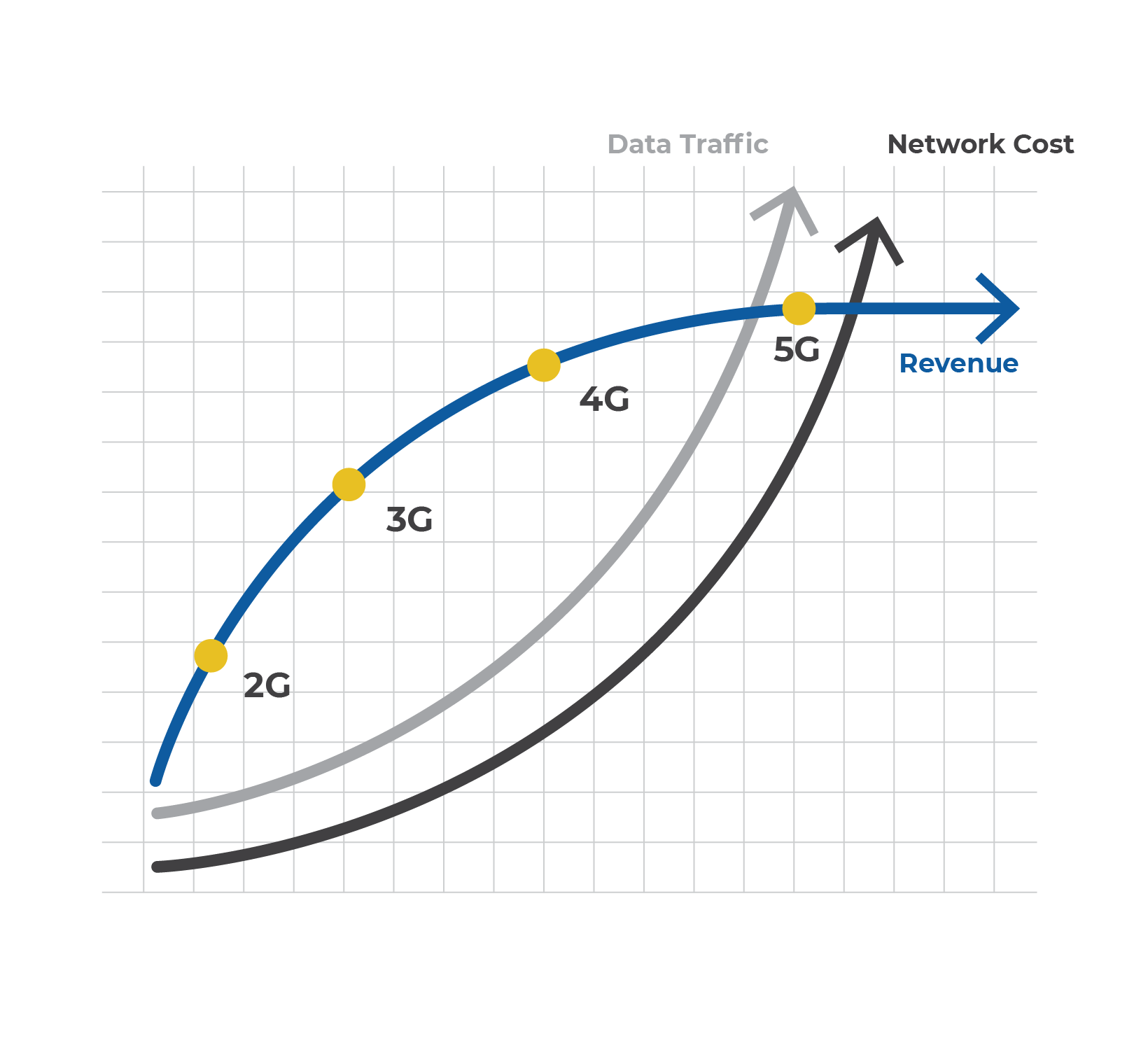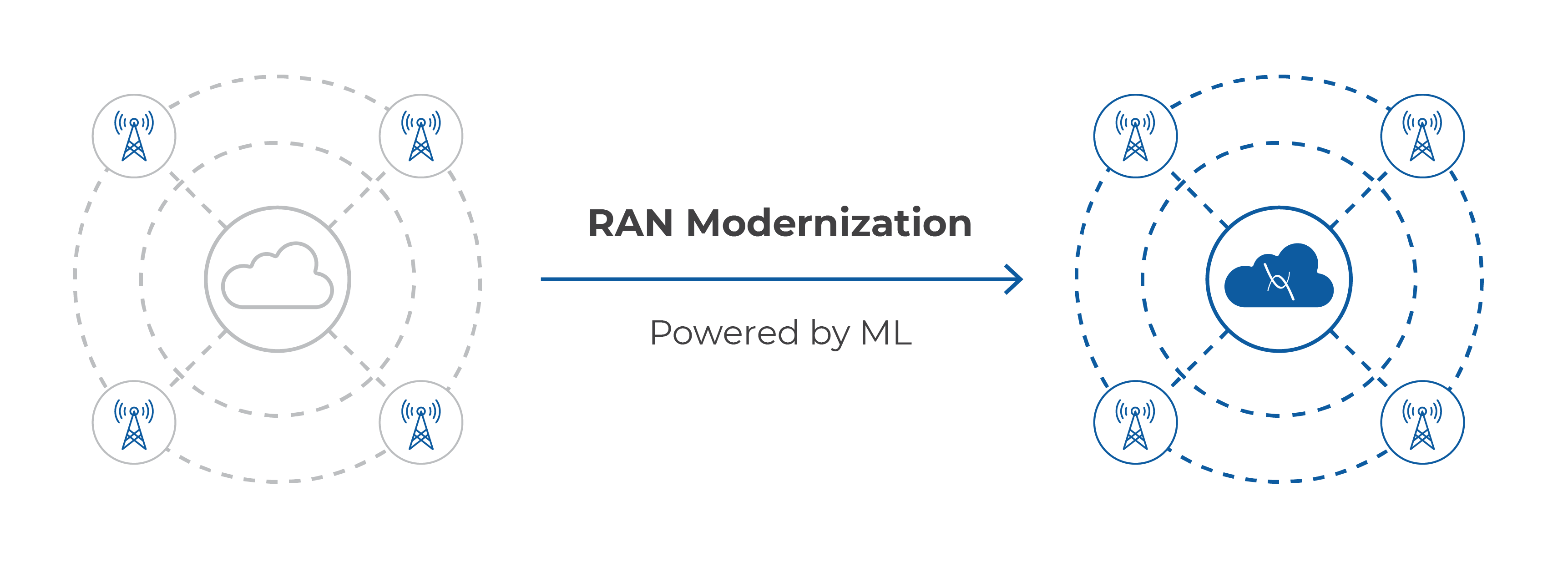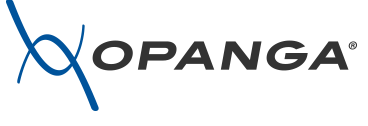Wireless
Network cost reductions are the MASSIVE opportunity
the industry challenge
While operators continue to roll out 5G networks, top line growth has not materialized and in fact, for most regions service level revenues are flat or declining. At the same time, mobile data traffic is growing, demanding more CAPEX investment resulting in declining profitability.

the opanga solution
Opanga uses a software first approach to enable entirely new business processes for informed net-work evolution and CAPEX planning. Our solutions are deployed globally providing effective RAN optimization and RAN business intelligence and insights.
At the heart of our offering is a consumer experience (CX) driven data-base built to enable machine learning applications, providing solutions to address common industry issues such as energy consumption, network performance, and customer churn to name a few.
Bigger is better—until it’s not
The focus on building out extremely complex, high-capacity networks has created massive inefficiencies:
-
Protocol Inefficiency
Networks now carry TCP, QUIC, and UDP traffic with extremely different behaviors.
TCP: 3-way handshake and Slow Start cause TCP sessions to be highly sensitive to latency and throughput changes resulting in poor application performance. QUIC: Extremely greedy protocol that exploits the “fair share” behavior of TCP. Accounts for 50% of network traffic causing poor application performance for all non-QUC traffic. UDP: No longer nuisance traffic. UDP is now used by critical live streaming and video conferencing applications (WebEx, Teams, Zoom). -
Network Inefficiency
7% of data sessions create 70% of data traffic. This imbalance degrades network performance for all users by swamping radio resources – a key cause of congestion. -
Spectrum Inefficiency
Most users are connected to low “beachfront” spectrum bands which have smaller channels and lower throughput capabilities. Load balancing spectrum bands as it’s implemented by RAN OEMs doesn’t work. -
Energy Inefficiency
As we are pushed to higher frequencies to satisfy 5G and 6G deployments, massive amounts of energy are required to provide coverage – 3.5GHz doubles a site's energy consumption.

Opanga gives you control over your business
Communication networks are inherently complex and data driven—a perfect use-case for machine-learning applications. With access to the right data they can provide tools to help improve network performance, efficiency and inform business decision making. Examples include:
- Congestion reduction through communication flow optimization
- Energy savings through dynamic cell power management
- True speed measurement of all relevant network traffic and for all relevant applications, not just a few samples
- Predictive churn mitigation identifies customers with persistently poor CX, and allows for immediate traffic management action to improve performance
- Predictive cell site performance management allows for actions to take place before the performance of a site deteriorates to a point that CX suffers
